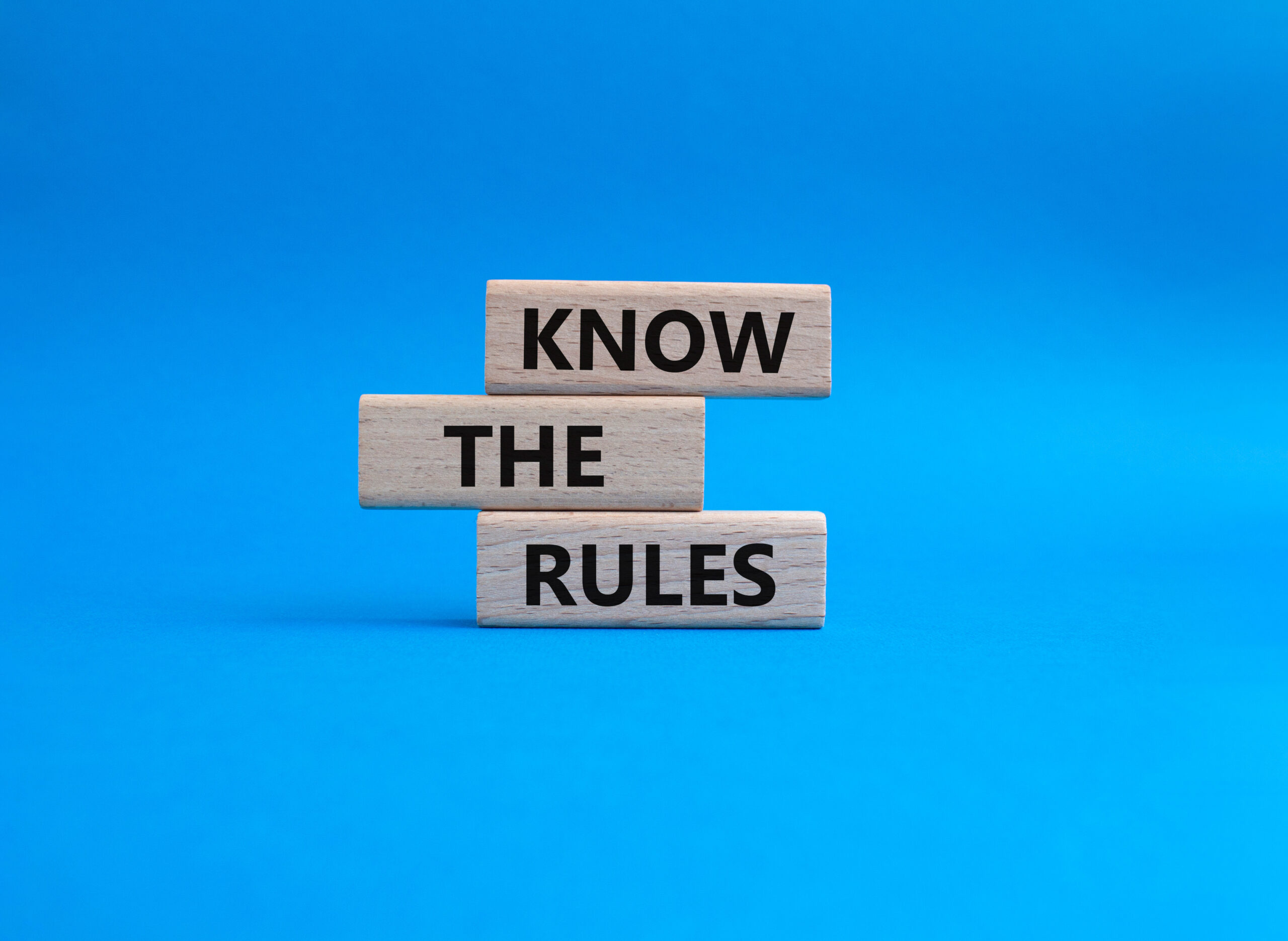How companies can improve their internal culture as it relates to customer service.
Editor’s note: At the ARCSI Cleaning Convention in Chicago in 2016, Dave Murray of The DiJulius Group spoke to cleaning business owners on the subject of Internal Culture. The following is a summary of Dave’s presentation, still timely today.
Internal culture begins with focusing on employees before you can hit the next level of customer service. It is key to a successful relationship with customers, internally or externally.
Internal culture starts during the recruitment of new employees. It’s about attracting, hiring and retaining people with “service DNA,” with retaining as the main focus. They know how to serve and they want to serve. They are the right people to represent your brand. Once you hire them, you want to retain them.
Your customer is whoever is dependent on the work you do. This may be a fellow employee that sits next to you and has a direct impact on the end customer. There’s a ripple effect that can either be positive or negative depending on the internal culture of the company. We are all serving the customer. It may not be directly, but in some way or some fashion everyone in the company serves the customer.
Employee Engagement
Bain and Company did a global study on employee engagement in 2013. Their study of 200,000 employees and found that employee engagement starts to decline the longer you’re tenured in the company. They also found that there is less engagement at the lower levels than in the higher ranks in the company. The lowest engagement was found to be in the sales and service area. This is where the employee deals the most with the customer and may get “beaten up” the most because they are on the “front lines.” They take the negative calls, may feel unsupported by management, and often have to problem solve situations with customers.
Bain also shared the “secrets” to employee engagement. First, supervisors need to lead the change. They need to lead the engagement. One way to do that is to have regular, short check-ins with employees, not long surveys. More changes can be made when focusing on smaller chunks rather than long surveys. This can be done in a one-to-one sit-down meeting once a month.
Employees want to rally around the customers. When these employees are part of the problem-solving process, there is more ownership, and great ideas emerge. These may be ideas that were not thought of before.
Turnover Analysis
Two questions to ask: (1) how much turnover do you have, and (2) why do you have turnover?
– Where is the turnover happening? Is it in the first 30 or 90 days? If it’s happening in the first 90 days, then this is information that tells that your process is too much too soon. Employees get overwhelmed with all the information they’re exposed to within those early days. If it’s happening later, then there probably isn’t much incentive. Employees feel like they’re just a number. Upper management were too busy to notice the employee.
– What “soft benefits” do you offer? What are you offering that no other company is offering and employees can’t get anywhere else? How are you taking care of your employees?
– How well do your managers build a strong culture? If it’s not a strong culture, it’s probably because you haven’t shown your leaders how to build a strong culture. Consistency is important to strong culture.
– How are employees recognized or celebrated?
Impact
Who impacted you in your career? How did they impact you? Don’t forget how impactful you managers are. Whether your comments are negative or positive toward employees, those comments have a huge impact on your employees. Ultimately, culture reflects leadership—us. It reflects those at the top. You set the culture.
Dave Murray joined The DiJulius Group after 20 years of experience in customer service, marketing, and sales, primarily in the sports and entertainment industry. Dave’s experience has varied from leading call centers and front-line team members, to working closely with key partners and stakeholders. A former client of The DiJulius Group, Dave has been working with the X-Commandments since the debut of “What’s The Secret” in 2008. Dave has been personally trained on the methodology created by John DiJulius, and uses it regularly with clients including Anytime Fitness, Carnival Cruise Lines, TravelCenters of America, and many more. As a Senior Customer Experience Consultant with The DiJulius Group, Dave leads clients in generating ideas, turning those ideas into systems, and then implementing and executing them enterprise wide.
For more articles, subscribe to our newsletter!






